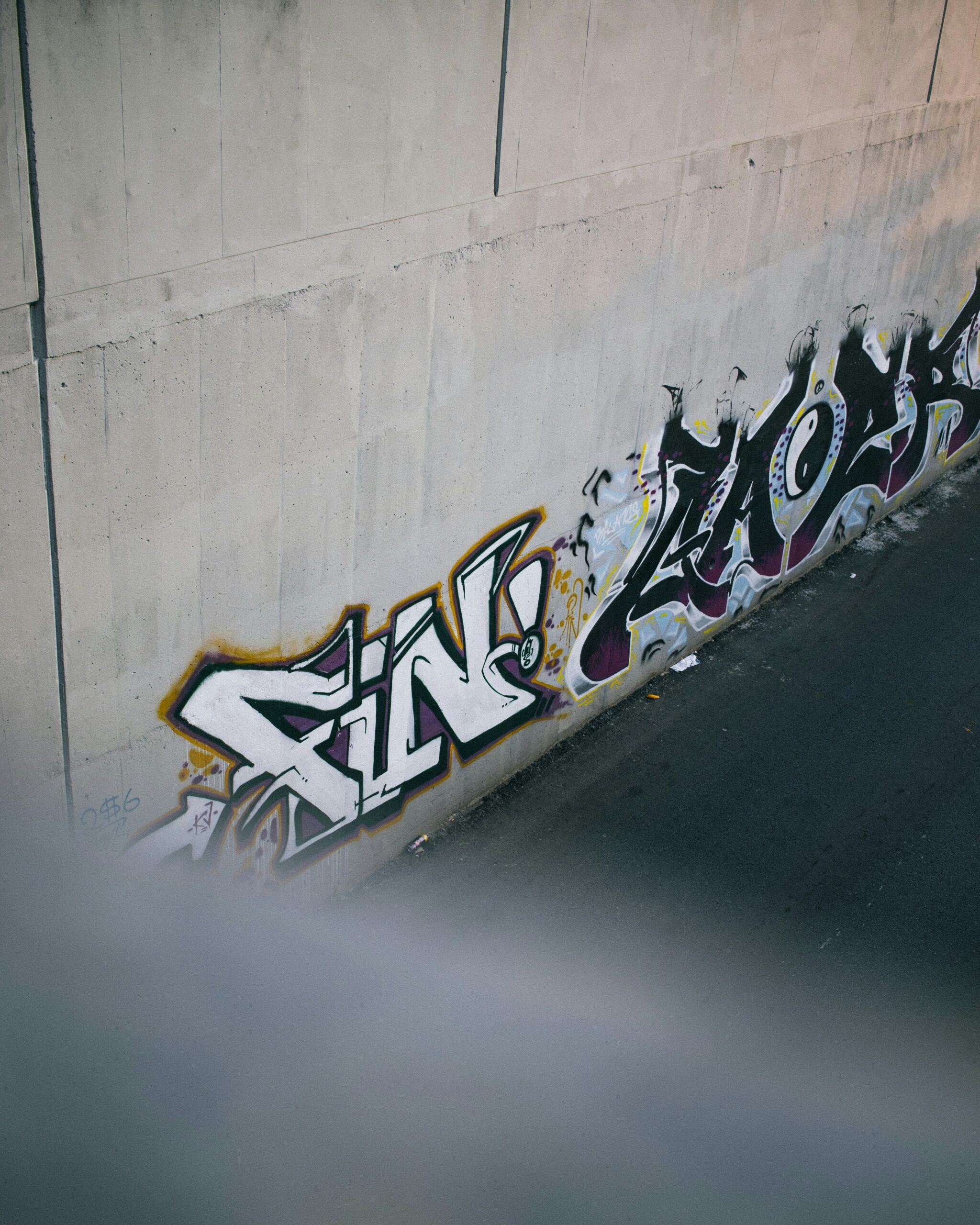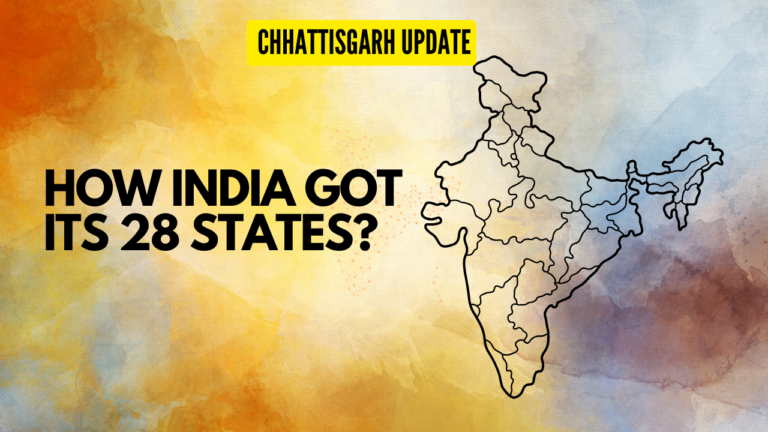**Title: Nurturing Tomorrow’s Cities: A Deep Dive into Digital Twins and the Genesys International-Survey of India Partnership**
**Introduction**
In the era of unprecedented technological advancement, the concept of Digital Twins has emerged as a transformative force, reshaping the way we perceive and interact with our physical world. The recent collaboration between Genesys International, a prominent 3D mapping company, and Survey of India (SoI), the National Mapping Agency under the Department of Science & Technology, marks a groundbreaking stride towards creating digital twins of major cities and towns. This partnership not only brings together cutting-edge technology and geographical expertise but also unlocks the potential for a new era of urban planning and decision-making. This essay delves into the intricacies of Digital Twins, exploring their definition, applications, and the profound impact that the Genesys International-SoI partnership holds for the future.
### **Understanding Digital Twins: Unveiling the Digital Mirror of Reality**
#### **1. Definition and Conceptual Framework**
At its core, a Digital Twin represents a digital replica of a physical entity, be it an object, person, or process. This replica is not a static representation but is dynamic, mirroring the real-world counterpart in real-time or near real-time. In the context of urban planning, the term has evolved to encompass entire cities, giving rise to the concept of “smart cities” where data-driven insights pave the way for more efficient and sustainable urban living.
#### **2. Components of Digital Twins**
Digital Twins are not mere two-dimensional representations; they encapsulate a plethora of data layers that provide a holistic understanding of the physical entity. The partnership between Genesys International and Survey of India promises to deliver high-precision 3D data, digital terrain models, digital surface models, and other critical information. These layers combine to form a comprehensive digital replica, enabling a nuanced exploration of the city’s topography, structures, and environmental conditions.
### **The Genesys International-Survey of India Collaboration: A Confluence of Expertise**
#### **1. Genesys International: Pioneering 3D Mapping Technology**
Genesys International, as a 3D mapping company, brings to the table a wealth of experience and technological prowess. Their expertise lies in capturing and rendering geographical data with precision, employing advanced mapping techniques. This partnership serves as a testament to their commitment to pushing the boundaries of what is possible in the realm of urban mapping and digital representation.
#### **2. Survey of India: Custodian of Geospatial Knowledge**
Established as the National Mapping Agency of the country under the Department of Science & Technology, Survey of India plays a pivotal role in shaping the geospatial landscape. As the custodian of geospatial knowledge, their involvement in the creation of digital twins adds a layer of authoritative accuracy to the initiative. The organization’s legacy in mapping and surveying positions it as a cornerstone in the development of comprehensive and reliable digital replicas.
### **Unveiling the Potential: Applications of Digital Twins**
#### **1. Urban Planning and Development**
Digital Twins hold immense promise in the domain of urban planning and development. The ability to simulate and visualize entire cities in a digital space allows planners and policymakers to test various scenarios, assess the impact of changes, and optimize the allocation of resources. This can result in more sustainable, efficient, and resilient urban environments.
#### **2. Real-time Monitoring and Decision-Making**
The dynamic nature of Digital Twins, updated in real-time or near real-time, equips organizations with the ability to monitor and respond to changes promptly. In the context of cities, this translates to real-time tracking of traffic patterns, environmental conditions, and infrastructure performance. Such insights empower decision-makers to respond proactively to emerging challenges and opportunities.
#### **3. Infrastructure Management and Maintenance**
For cities to function seamlessly, the management and maintenance of infrastructure are critical. Digital Twins provide a detailed understanding of the structural health of buildings, bridges, roads, and other assets. Predictive analytics based on this data can optimize maintenance schedules, reduce downtime, and enhance overall infrastructure resilience.
#### **4. Disaster Preparedness and Response**
The creation of digital twins extends beyond routine urban management; it becomes a powerful tool in disaster preparedness and response. Simulating the impact of natural disasters, such as floods or earthquakes, allows authorities to devise effective evacuation plans, allocate resources strategically, and minimize the human and economic toll of disasters.
### **Digital Twins in Action: Simulating Real-World Scenarios**
#### **1. Simulating Environmental Impact**
One of the remarkable aspects of Digital Twins is their ability to simulate the environmental impact of various decisions. For instance, if a city plans to implement a new transportation system or construct a major building, the Digital Twin can simulate the potential environmental repercussions, enabling stakeholders to make informed choices that align with sustainability goals.
#### **2. Enhancing Public Engagement**
Digital Twins also have the potential to enhance public engagement in urban planning processes. By providing an accessible and visual representation of proposed changes, citizens can better understand the implications and actively participate in decision-making. This transparency fosters a sense of community involvement and ensures that urban development aligns with the needs and aspirations of the people.
### **Challenges and Ethical Considerations**
#### **1. Data Privacy and Security**
The creation and maintenance of Digital Twins involve vast amounts of data, raising concerns about privacy and security. Ensuring that sensitive information is safeguarded and that data usage aligns with ethical standards becomes paramount in the development and utilization of these digital replicas.
#### **2. Integration and Standardization**
Cities are complex ecosystems with diverse data sources. Integrating information from various departments and systems poses a challenge. Standardizing data formats and ensuring interoperability are crucial steps in creating cohesive and accurate Digital Twins.
#### **3. Technological Infrastructure**
The effectiveness of Digital Twins relies heavily on robust technological infrastructure. Cities need the appropriate sensors, connectivity, and computational power to gather, process, and update data in real-time. Investing in this infrastructure is essential for the success of Digital Twin initiatives.
### **The Road Ahead: Transformative Possibilities**
The Genesys International-Survey of India collaboration signifies a pivotal moment in the journey toward realizing the transformative possibilities of Digital Twins. As major cities and towns undergo the process of digital twinning, the potential for innovation, efficiency, and sustainability in urban planning and management is poised to reach new heights.
#### **1. A Paradigm Shift in Urban Planning**
Digital Twins represent a paradigm shift in how urban planning is conceptualized and executed. Moving away from traditional models, cities can now be treated as dynamic entities, constantly evolving and responding to the changing needs of their inhabitants.
#### **2. Harnessing the Power of Big Data**
The creation of Digital Twins generates an unprecedented volume of data. Leveraging the power of big data analytics allows cities to extract valuable insights, identify patterns, and make data-driven decisions that optimize resource utilization and improve overall urban living.
#### **3. Empowering Decision-Makers**
The real-time nature of Digital Twins empowers decision-makers with a level of insight and responsiveness previously unattainable. Whether addressing traffic congestion, planning for population growth, or mitigating environmental impact, decision-makers can navigate complexities with a newfound precision.
### **Conclusion: Redefining Urban Futures**
In conclusion, the Genesys International-Survey of India partnership to create Digital Twins of major cities and towns heralds a new era in urban planning and management. As digital replicas of our physical world become increasingly sophisticated, the potential for positive transformation



